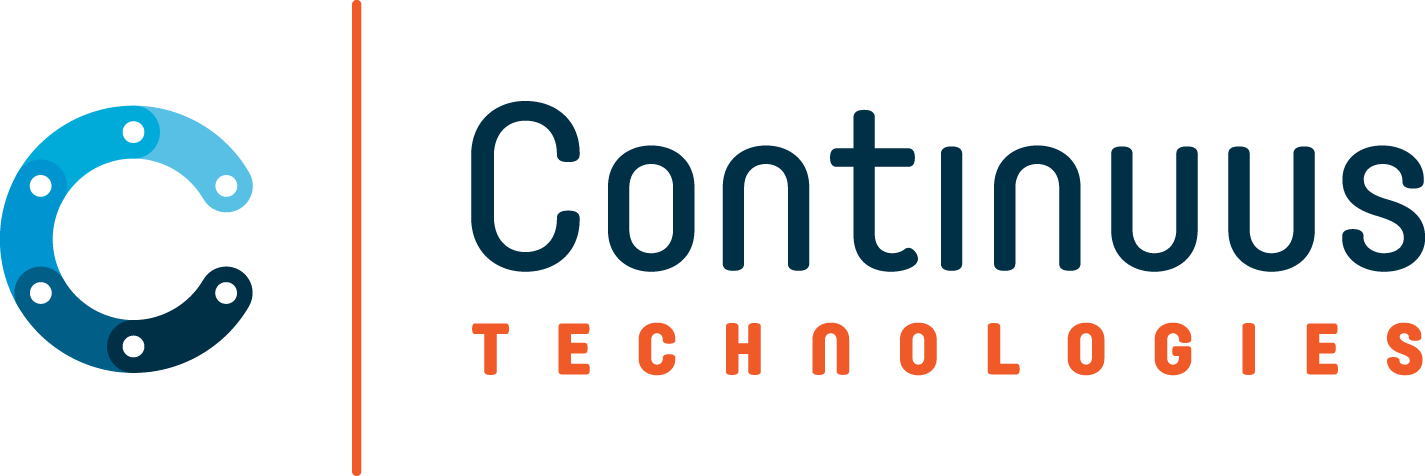What makes a person loyal to a company? The quick answer: Personal connection and consistent positive – and at times unexpected – experiences.
The hardware store down the street where the owner greets you by name and asks about how your last project turned out; the server you ask for by name who knows your order and how you like your eggs cooked; the financial advisor that knows what sports your kids play and your favorite soft drink. These interactions make one feel valued and appreciated, more confident that the business in general has their best interest at heart. Conversely, when we have bad experiences, we feel patronized and taken for granted. There is no grey area.
We also feel like we're getting more for our money when doing business is a pleasure rather than a pain, and as already discussed nearly 9 out of 10 people would gladly pay more to avoid a bad (normal?) experience. We feel personally invested while getting more than the product in return. The quality of the product, environmental impact, price, and a myriad of other factors undoubtedly matter, but they are not differentiators in the same way. Your competitors can copy what you're doing in any of these areas, and by providing a better, more consistent and personal experience, they are likely to gain market share. The perceived value of products and services provided by CX-focused groups is also higher, so they'll take that share charging the same or a higher price for the same product or service.
Now imagine this even at scale: the cashier that you've never seen before, having swiped your credit card, thanking you for returning and asking whether you're still happy with your specific last purchase, made online; the call center representative proactively reaching out because there have been poor reviews of a service you received at one of their facilities and offering a credit; receiving a signal booster from your cell carrier, because your phone reported back data speeds less than advertised where your phone is most of the time (your home).
We can do so much better than advertising items 'similar' (the exact same item) to one we just bought and Artificial Intelligence [AI] bots that act more as force-fed FAQ site sections that don't pass any information to a live human, if one is lucky enough to have the option after suffering through a bad AI attempt (worth noting, expecting certain key words and mapping those to a response is not AI and only loosely a bot).
Being treated as though it is a first purchase every time, having to go through tedious steps to self-identify, or sitting on hold for 20 minutes while a voice recording tells you every 90 seconds how important your business or call is to them, despite the experience itself screaming far louder that you don't matter enough to be treated as though your time is important… Not so much. Even at scale, there are solutions. It is possible to recreate the small-business personal connection or over-the-top experiences with every interaction even in large and growing operations and across various mediums. And while, as noted above, greater than two-thirds of marketers claim to be competing mostly or completely on experience, our daily interactions with companies suggests they've not yet been very successful.
Multichannel to Omnichannel Conversions
BI is behind the most successful multi-to-omni-channel conversions, and it is the only way to provide a 'wow!' experience to clients and customers every time no matter how or where they purchase or from whom in your group. Perhaps counter-intuitively technology can provide humans with what is needed to provide a fulfilling, unique, standout experience every single time from the first interaction based on past user experience or feedback to repeat business based on cumulative individualized data collected each time business is conducted.
Nearly every business-to-client or business-to-business interaction produces data which can be tied to a customer entity account (whether they are actively or passively created). This information can be used to 'recognize' the customer in the system. Each channel produces this consumable data, which is often siloed within that channel or mostly untapped. Creating a consistent experience across all channels while simultaneously providing a seamless, small business feel of recognition regardless of medium requires ensuring relevant data is captured, refined, and blended with data from all channels. This data can be combined with customer and marketing survey responses (which can then inform in both directions) as well as shared data from Snowflake's Data Marketplace, for example, to develop lightning-fast data science and analytical tools based on proprietary customer data and nearly endless information on one's industry from research to partner data to benchmarks and much more.

.jpg)


